Long Exposures: The Celebration of Slowness in Photography
- Olivier

- Feb 10, 2023
- 8 min read
Updated: Nov 7, 2025
Using long exposures in landscape photography presents several creative and technical advantages. They capture movement in an artistic and dreamlike manner, inviting photographers to seize the essence of time in nature while revealing its profound, refined, and timeless aesthetic.
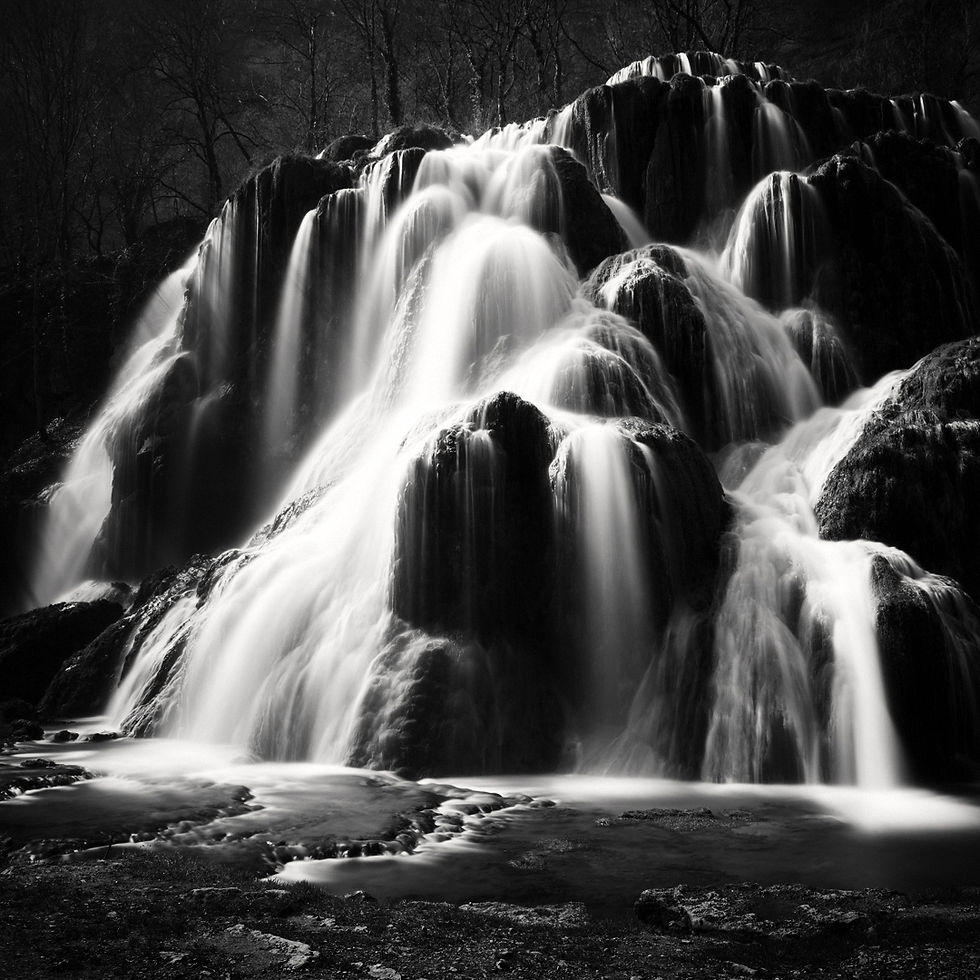
In a world dominated by speed and immediacy, long exposure photography emerges as a sanctuary of slowness, a space where time stretches and densifies, where each moment is savored, and every detail scrutinized with care.
This article delves into the qualities and characteristics of slowness in landscape photography, a practice that has enriched not only my artistic endeavor but also my worldview for many years. Slowness in landscape photography is not merely a technique but primarily a philosophy, a lifestyle advocating for contemplation, reflection, and a deeper connection with our surroundings.
By slowing down shutter speeds, photographers become more attuned to the subtleties of light, the texture of elements, and the dynamics of the landscape. This heightened attention captures not just the image but the essence of the moment, offering a more intimate and profound view of nature. Valuing movement in the pursuit of slowness may seem paradoxical, yet it is in the contrast between stillness and motion that minimalist landscape photography unveils its power.
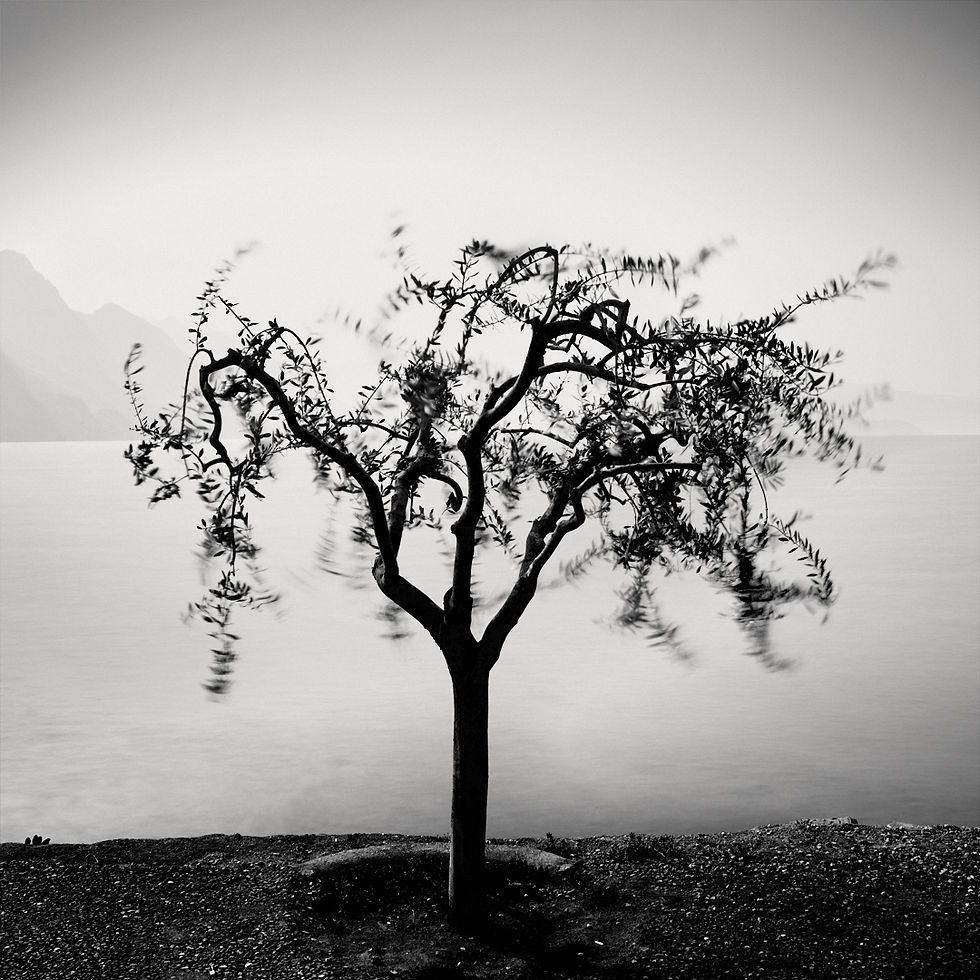
Long exposure times uniquely capture movement, transforming elements into continuous flows. Watercourses turn into ribbons of light, clouds metamorphose into celestial filaments, and trees swaying in the wind gain new life. This process captures not just a defined moment but a period of life, making time visible through the accumulation of seconds on film or a sensor.
A Photograph is a Clock
Making time visible lies at the heart of advocating slowness in landscape photography. By stretching time, making it tangible through an image, the photographer invites viewers to meditate on temporality. Each photograph becomes a clock, not by marking the passage of hours but by revealing the ephemeral beauty and constant transformation of the natural world. This approach alters how we perceive time, not as a resource to be swiftly expended but as a space to be fully inhabited.
Slowness in landscape photography can also be seen as a rebellion against the urgency culture that characterizes our era. It demands time, patience, and perseverance. It's a practice measured in hours of silent observation rather than seconds of technical capture. This approach is a philosophical act, a search for meaning beyond superficiality, a quest for truth beyond appearances.
Slow Down to Observe
The advocacy for slowness in landscape photography reminds us of the importance of slowing down, taking the time to observe and reflect. It teaches us the value of patience and shows how time, far from being an enemy, can become our most precious ally in the quest for beauty and truth.
This sensitive approach extends beyond photography. It serves as a life metaphor, inviting us to embrace each moment with attention and gratitude. Landscape photography, in its slowness, thus becomes a meditation on the human condition, a celebration of our place in the vastness of time and space.
Long exposure photographs induce a sense of curiosity in viewers, who intuitively seek to grasp their meaning. Defined by the accumulation of time invisible to the human eye, long exposures challenge our perception, reliant on memory to process the passage of time.
Indeed, no living being on our planet can perceive passing time through mere instantaneous vision. To do so, it must rely on memory. Thus, the ability of vision to observe our surroundings is limited to perceiving movements or their absence. To explain this principle, I often discuss the analogy between cinema and photography.
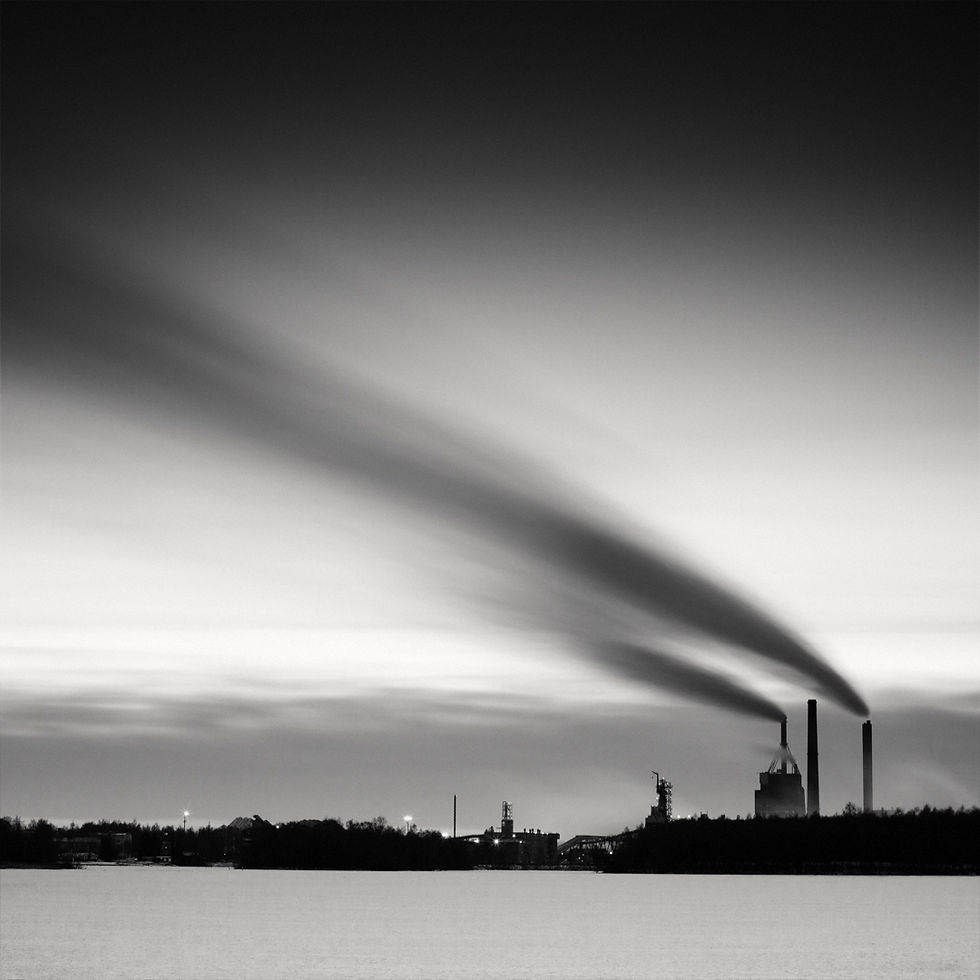
A Vision Made for Cinema
Long exposure photography and cinema share a common fascination with time, though their artistic approaches and expressions significantly differ. While long exposure photography condenses time into a single image, cinema unfolds it through a sequence of moving images. This fundamental difference sparks a comparative reflection on how each medium explores and expresses the passage of time.
Long exposure photography uses time as a brush, blurring or smoothing moving elements, thus creating an impression of passage, a visible trace of time on the image. It captures an interval, making it tangible and static. This practice compels the viewer to contemplate an extended moment, a time that has been and will not be again, an instant containing a multitude of moments.
In contrast, cinema dynamically sculpts time, unfolding it through a series of images that tell a story, express emotions, and capture the essence of moments in motion. Time in cinema is fluid. It flows through the narrative, allowing an exploration of duration, rhythm, and temporality in a much more literal manner than photography.
This divergence between the static capture of time in photography and its dynamic flow in cinema raises philosophical questions about our perception and experience of time. Long exposure photography confronts us with the idea that, although time can be visually stopped, it inexorably continues to advance, leaving us with visual traces of what has been but will never be again. It reflects a certain melancholy, a nostalgia for lost moments, and a reflection on how time shapes reality.
Cinema, on the other hand, offers an experience of time that is both collective and personal, immersing the viewer in universes where time can be manipulated and experienced differently. It questions our relationship with time, memory, and lived experience.
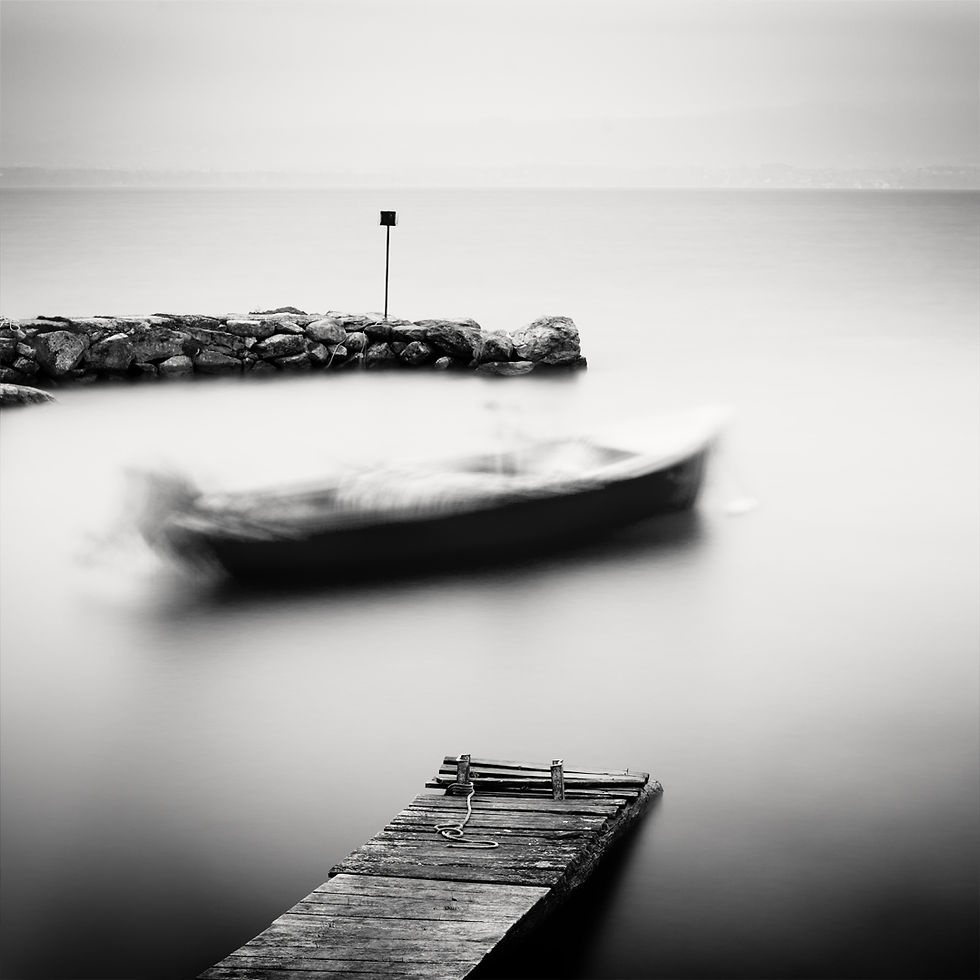
Framing is Choosing
The notion of framing in photography, especially when applied to the practice of long exposures, is deeply intertwined with reflection on the passing of time. Choosing to show or not to show then becomes a meditation on how time is represented, captured, or omitted in the frame.
In the context of long exposures, this framing decision acquires a temporal dimension that enriches our understanding of photography as a witness to the passage of time. Also, I will conclude this article with a personal reflection on the objectivity or subjectivity of framing.
Framing and Subjectivity
In long exposure photography, framing means not only selecting a portion of space but also a duration in time. The photographer decides which moment and duration of time will be captured in the image.
This selection is not trivial. It reflects an intention to show time in a concrete form, where each second accumulated on the film or sensor adds to the narrative dimension of the image. Framing thus becomes an act of staging time, where the chosen duration reveals transformation, movement, or permanence.
Choosing to show the passage of time within a determined frame underscores the subjectivity of temporal perception. The decision to capture a moving landscape over an extended period reveals a desire to contemplate and meditate on the ephemeral or constant nature of elements. Framing in long exposures expresses a fascination with how time shapes and alters reality, offering a unique perspective on the world around us.
Framing is an Ethical Commitment
The decision to show certain temporal transformations over others also carries an ethical dimension. By choosing to capture the slow movement of stars or the blur of moving people, the photographer engages in a reflection on what deserves to be immortalized.
This choice influences how we perceive the passage of time, highlighting certain aspects of our existence while obscuring others. Framing in long exposures thus questions our relationship with time, on what we choose to value or ignore in our environment.
Purchase a limited edition Fine Art Print featured in this article, numbered and signed. Learn more…
Framing and the Creation of Meaning
Ultimately, framing in long exposure photography contributes to the creation of a meaning deeply rooted in temporality. How the photographer decides to represent the passage of time transforms the frame into a space where time is no longer linear but visually tangible. Each image becomes a temporal capsule, a place where time is both stopped and extended, offering a reflection on permanence, change, and the ephemeral.
The practice of framing in long exposures thus underscores the active and creative role of the photographer in representing time. Framing highlights this ability to explore the complexity of passing time. It invites the viewer to contemplate how time shapes our perception of the world and our memory. Through framing, long exposure photography becomes a visual poetry of time, a window open to the change and constancy of nature.
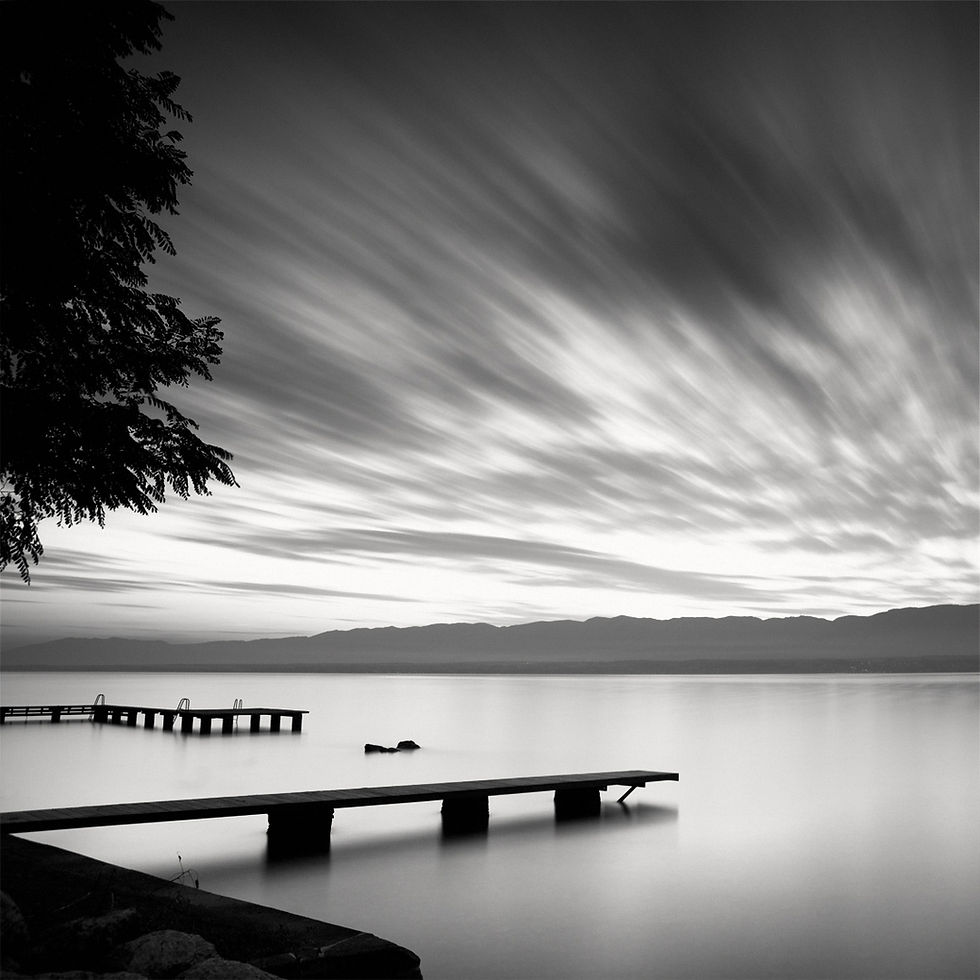
The Final Word
Through a lens set to capture the passage of time, long exposure photography teaches us patience and attention. It urges us to look beyond the immediate surface of things, to perceive the beauty and subtle transformations that escape our hurried gaze. It highlights the many merits of a slow and measured approach to life, in a world where immediacy and speed are often privileged.
Slowness in photography, far from being a constraint, proves to be a virtue. It fosters a deeper connection with our subjects, whether they are natural landscapes, urban scenes, or life portraits. By taking the time to frame our environment, we learn to understand and feel it more intensely, to grasp the very essence of ephemeral moments that shape our existence.
This approach to slowness encourages us to adopt an attitude of curiosity and respect. It thus opens a path to a deeper understanding of our place in the universe. Observing the world with slowness in photography is a positive message of hope and inspiration, a reminder that, in the quest for meaning and beauty, time is always our most precious ally.
Do you want to explore Japan's unique coasts and lakes through long exposure photography?
Join us for a Photo Tour and discover Japan’s timeless beauty, unique culture, and photogenic treasures. We explore the contrasts of tradition and contemporary life, quiet moments and vibrant energy, wild landscapes and urban rhythms. Intrigued by these dualities? See the programme here.










